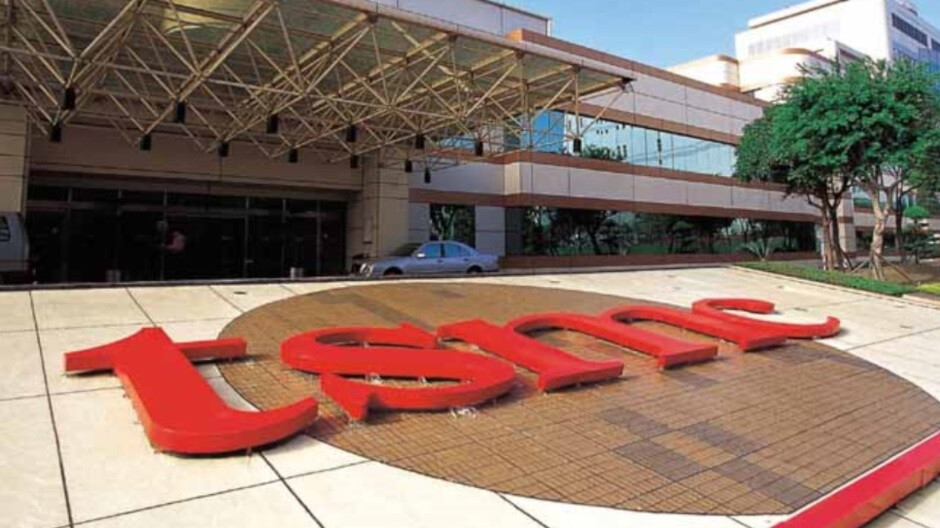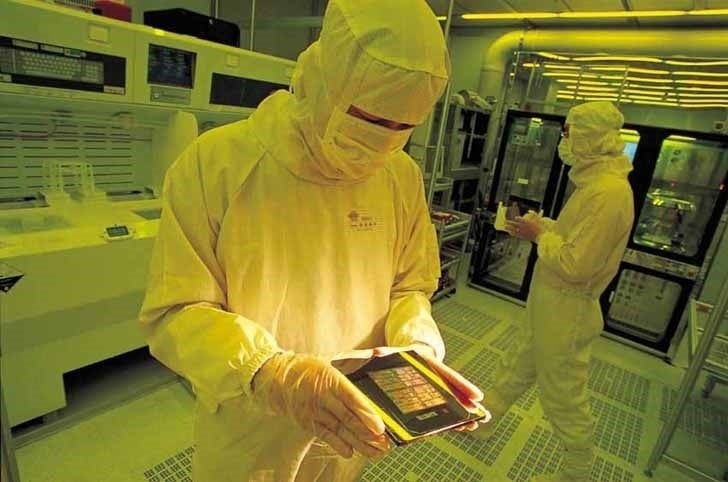TSMC tried to determine which of its customers were stockpiling chips
The number of chips being shipped to factories outnumbered the number leaving these factories inside products. That led TSMC’s Liu to say, “There are people definitely accumulating chips who-knows-where in the supply chain.” The executive had his company figure out which of its customers were buying chips because they were needed immediately, and which firms were purchasing chips to hoard them.
TSMC’s chairman noted that “We are learning too, because we didn’t have to do this before. Sometimes [customers] may not be satisfied, but we just have to do what’s best for the industry.” Some of TSMC’s highly valued customers had to wait for chips if it was determined that their needs were not urgent.
The chip shortage did shine a light on the industry and the president’s $2 trillion infrastructure bill included $50 billion to make America more competitive in the industry. TSMC is planning to spend $100 billion over the next three years to hike capacity. While certainly a large amount of money, Liu responded by saying, “the more I look at it, it’s not going to be enough.”
The U.S. and China aim to become self-sufficient in the semiconductor industry
U.S. chipmakers like Intel and GlobalFoundries remain far off the pace set by TSMC and Samsung. The two U.S. foundries have fallen two or more process nodes behind the leaders. For Intel, the loss of process leadership is something it talks about recapturing. Daniel Nenni, co-author of Fabless: The Transformation of the Semiconductor Industry, says, “That’s disgraceful for Intel. It’s just very disappointing that they lost leadership.”
Toss in a pandemic, political factors, and even a drought which reduced the availability of water (it takes 10 gallons of water to make a single chip) and you have a series of moving parts that executives like Liu need to deal with constantly.


